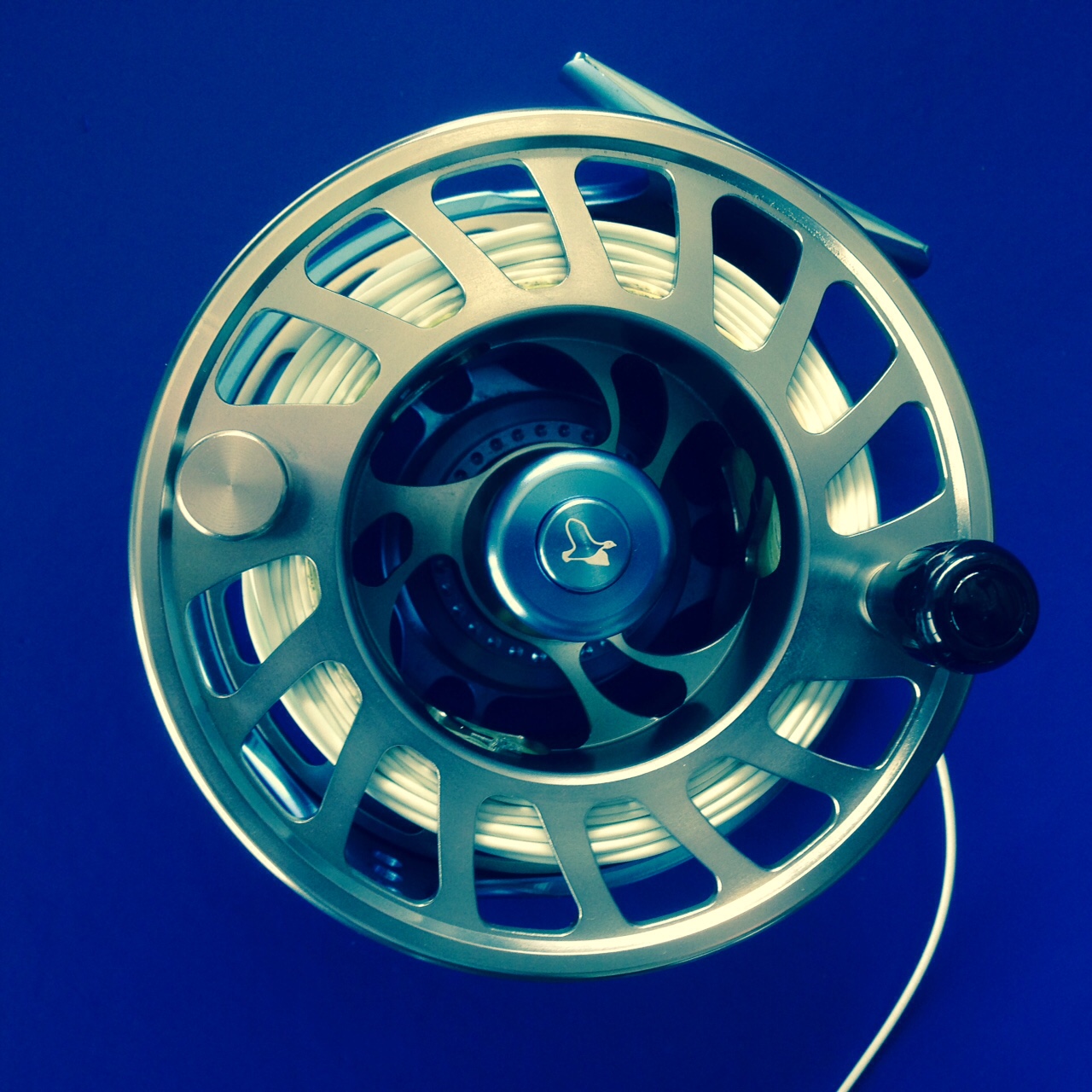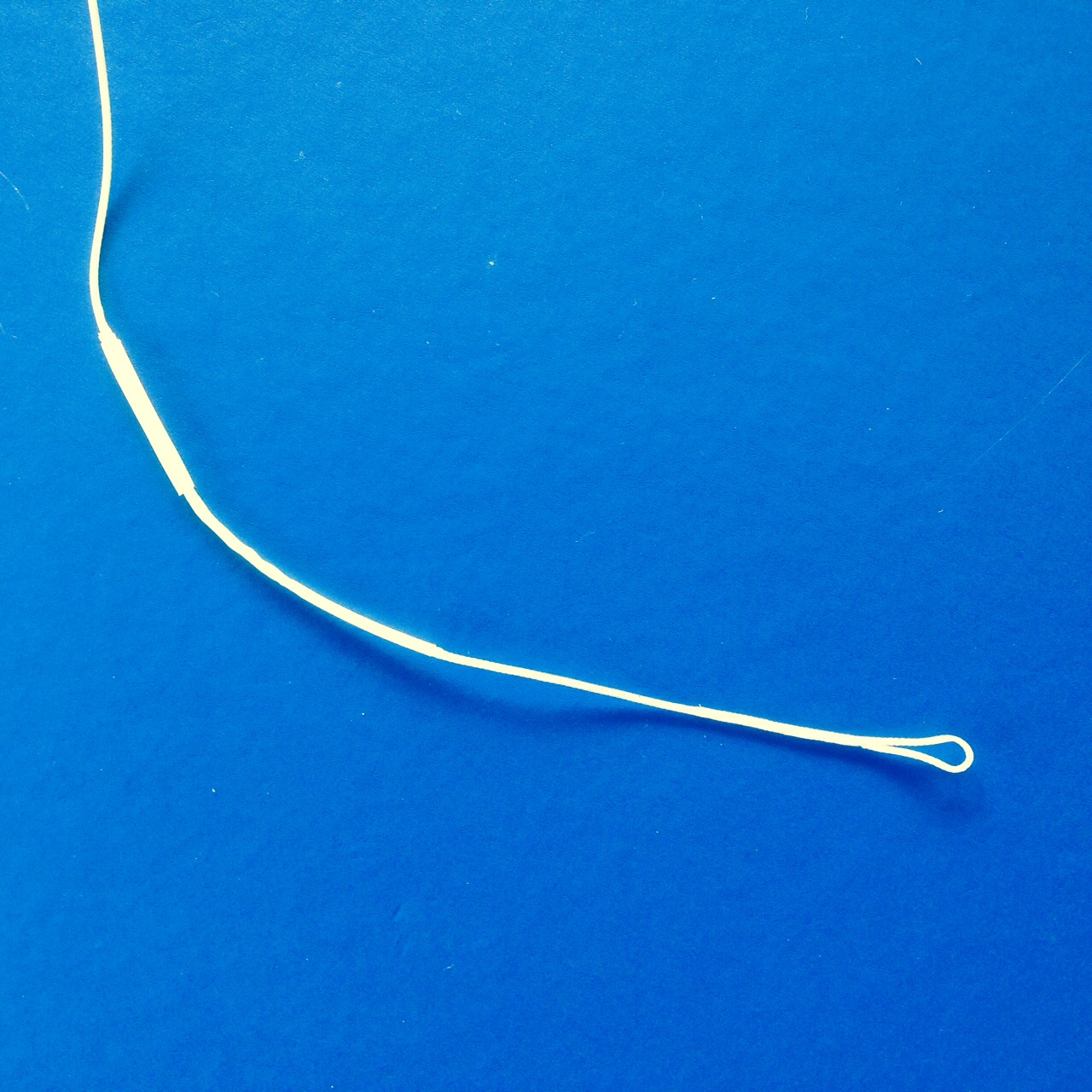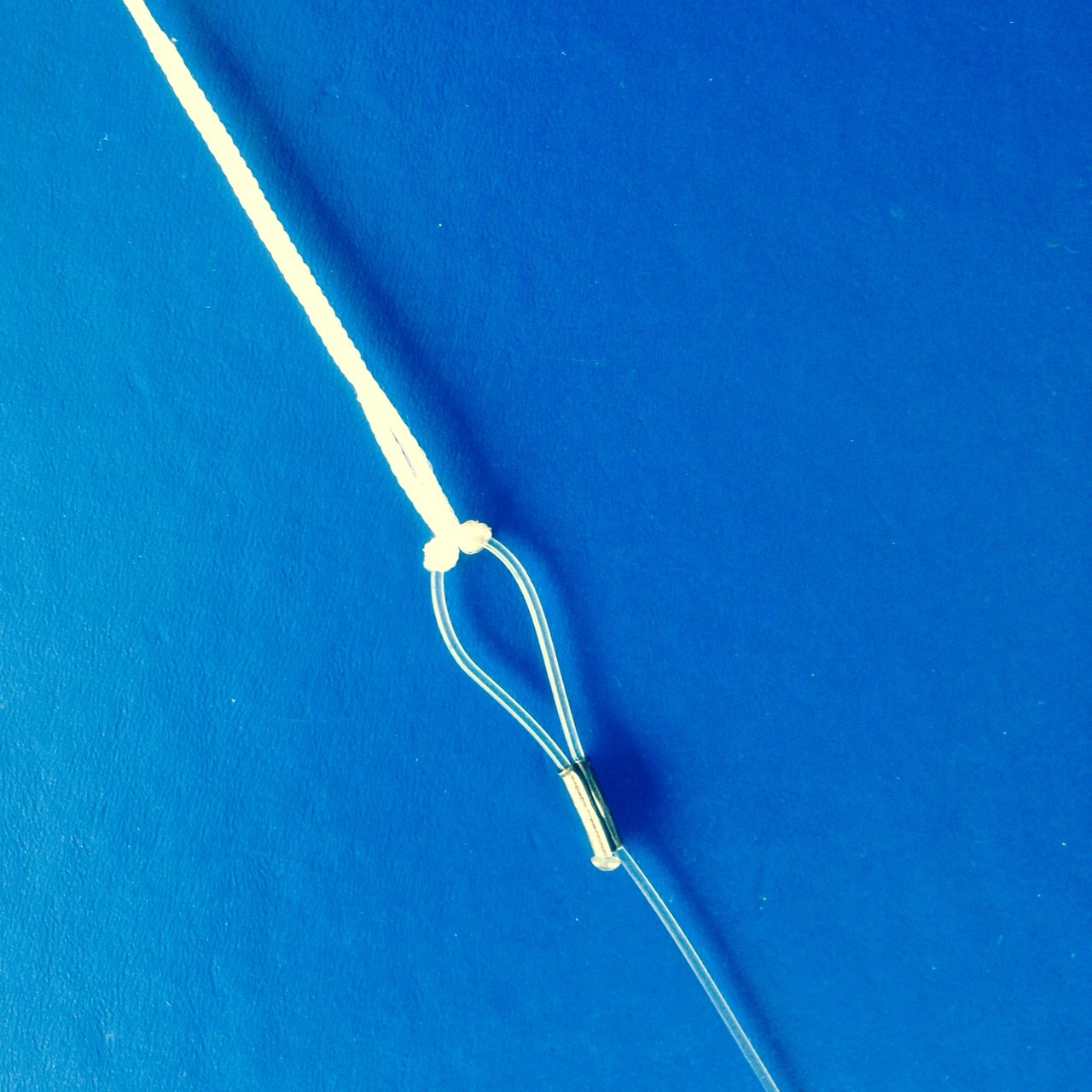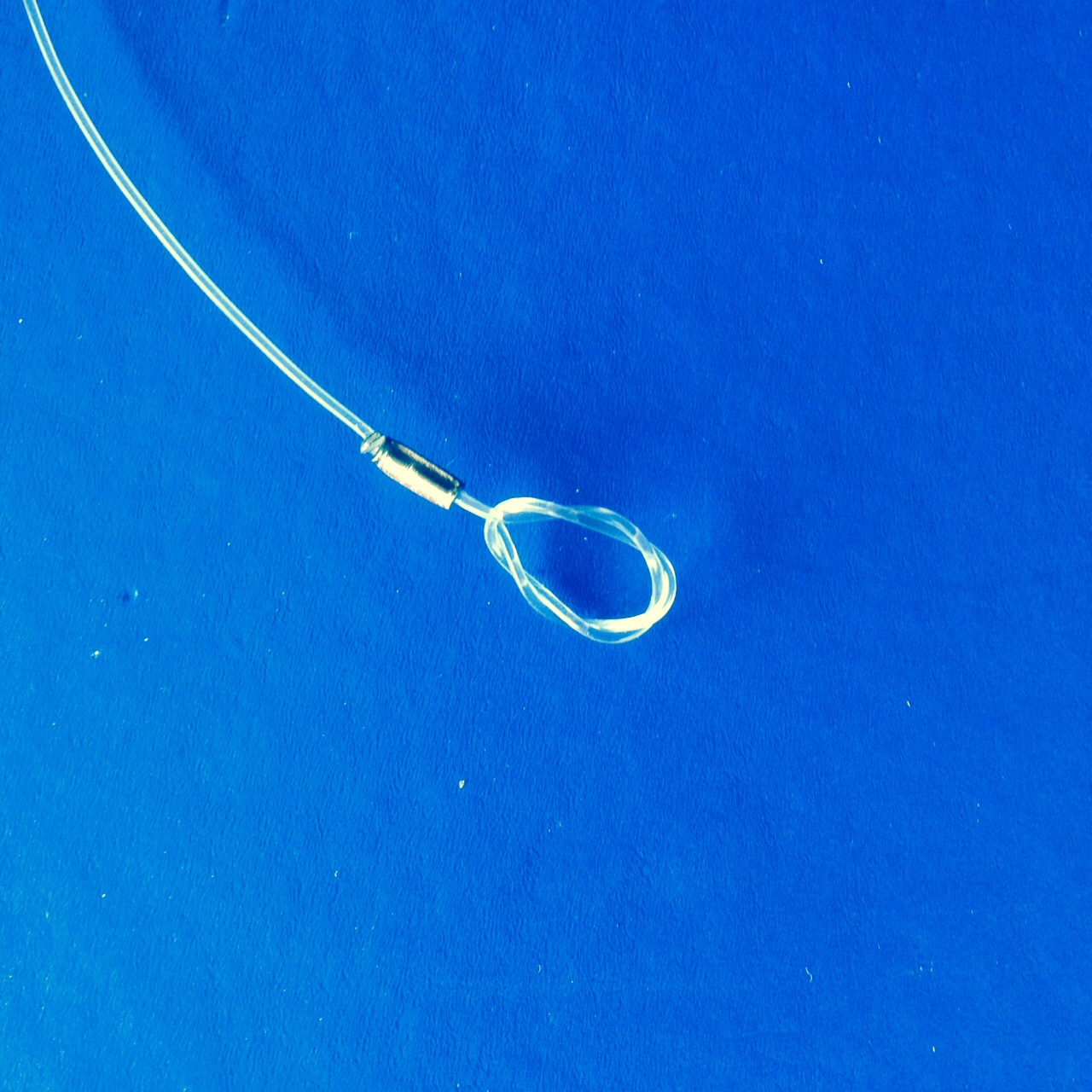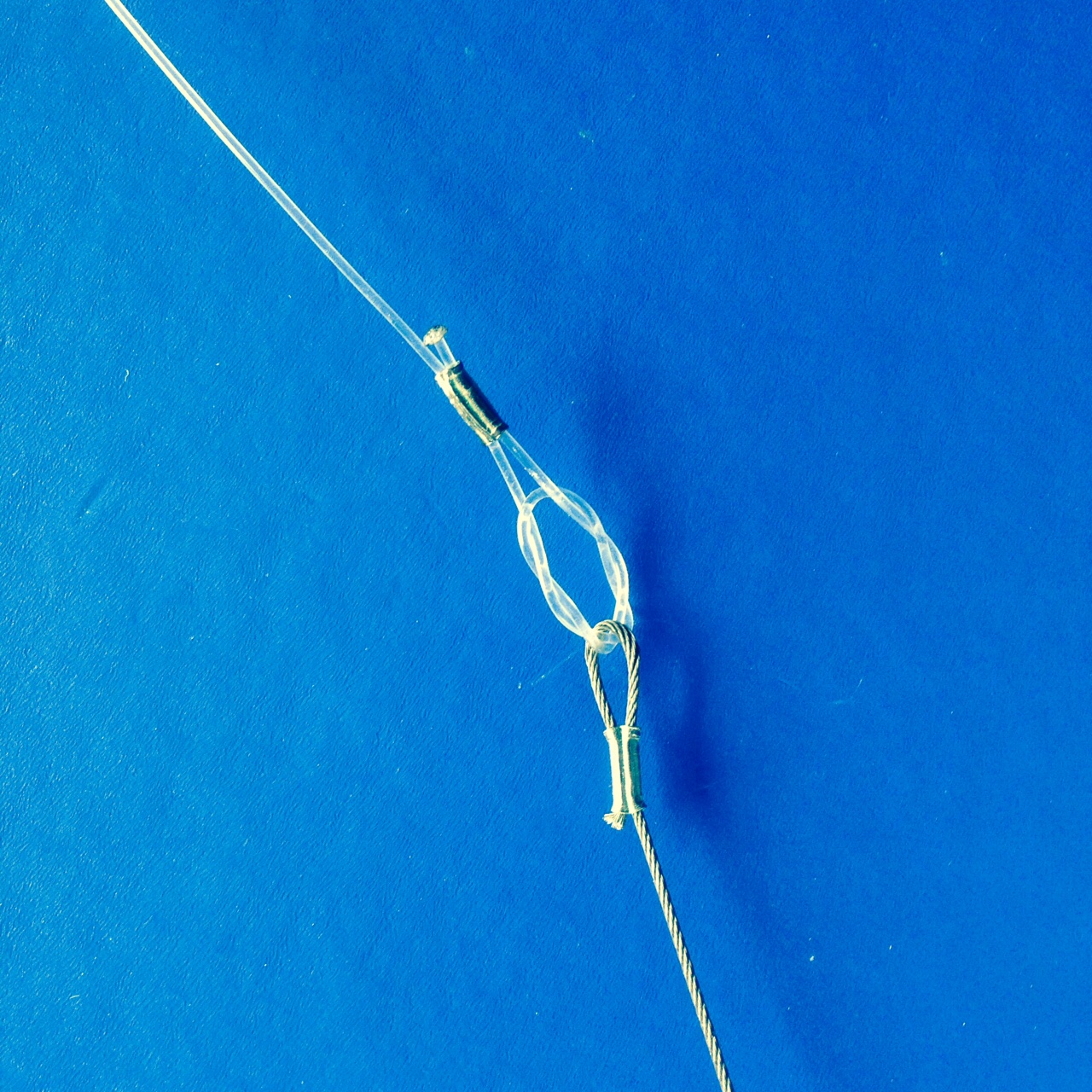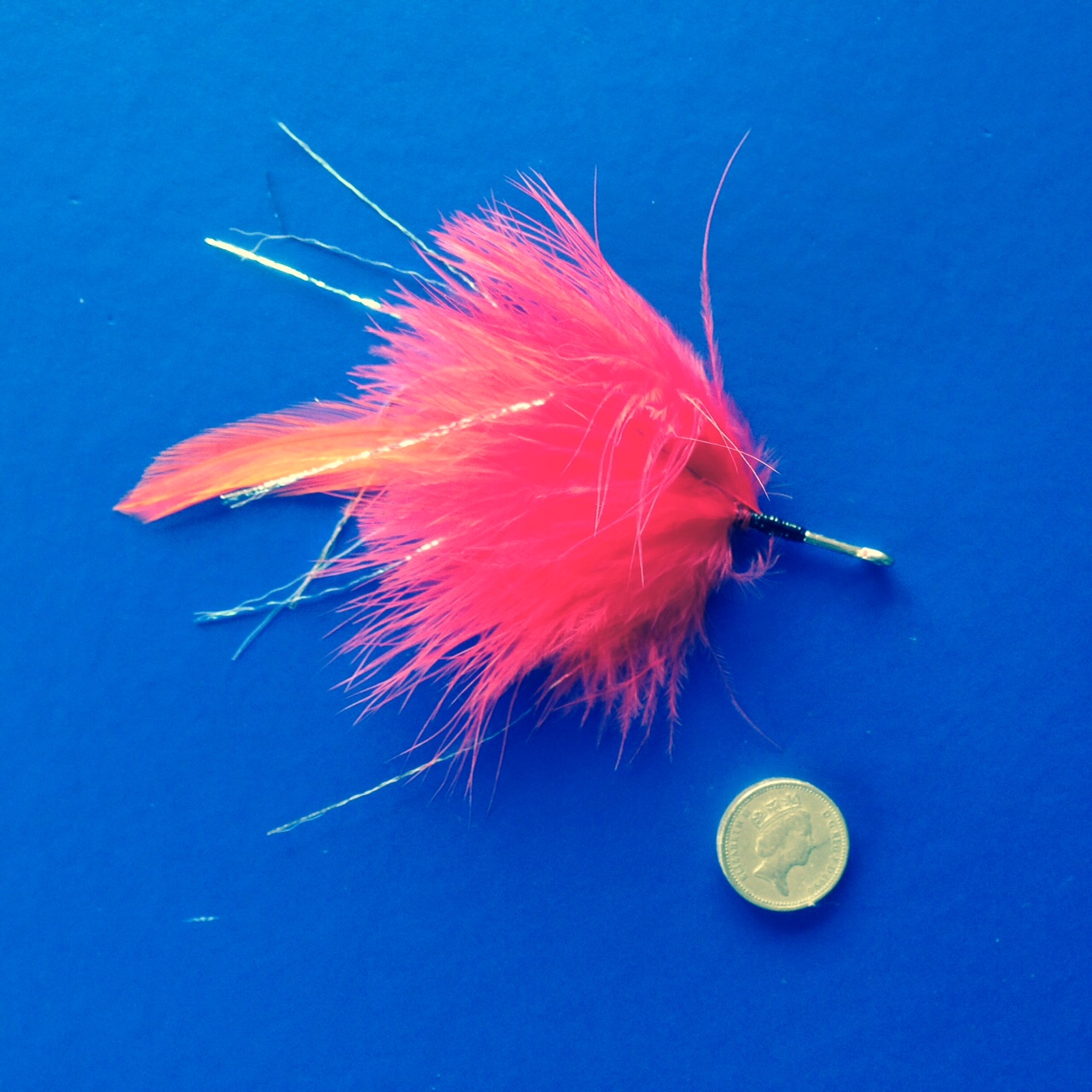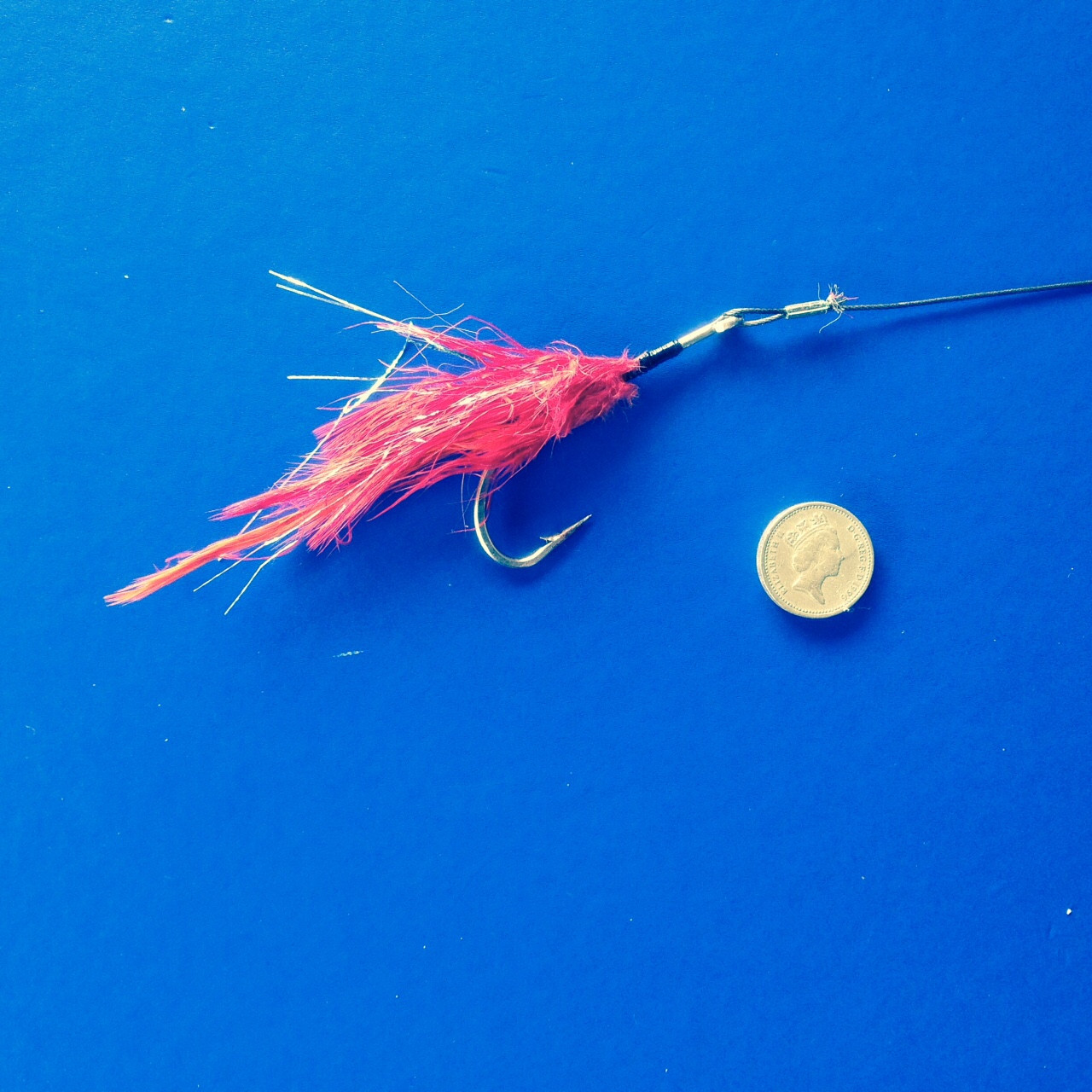When I set out to catch a blue shark on the fly, it made sense to do some detailed tackle research. What I found, was that in many cases in the UK and Ireland, people were using fly rods, and sometimes fly reels, often not even loaded with a fly line at all, just braid, but using full-length wire traces. Only a few used true fly tackle. I wanted to use genuine fly fishing tackle right down to the fly.
Since the finning of sharks has diminished out in the Atlantic, it’s no surprise that we’ve seen an increase in the overall size of blue sharks being caught. Ten years ago a 40lber was probably average in most areas. Nowadays, the bulk of blues I’m seeing are 60lb plus, with fish between 80lbs and 100lbs much more common.
With this in mind, I chose to fish a 12W fly rod. Mine was a Greys prototype still under field-testing, but any 12W will do nicely. What you ideally need to look for is a rod that has a fairly fast but progressive taper with some backbone in the butt section. This is necessary to give you some leverage against the fish and to allow you to be able to apply pressure on the fish when it is at depth and using its weight directly against you. Ideally the rod should be fitted with a fighting fore grip that can be used to position the hand well above the reel to give a higher leverage point when more pressure is needed. Also you need a short butt extension below the reel seat to again give the fighting hand more leverage against the fish.
I had a 12W reel and loaded this with 300-yards of 30lb braid as backing. Remember under pressure, the braid can cut like cheese wire, so think about this when playing the shark. I formed a loop in the backing, then passed the rearward fly line loop over the braid loop, passed the opposite end of the fly line inside the braid loop, then pulled the full length of the fly line back through the loop to create a strong loop-to-loop connection.
Line choice is not so easy. In fairy calm weather the sharks will tend to be in the first 20-feet of water. If it’s rough with a good swell, expect the sharks to be much deeper. I carried two lines. One a floating 12W line, the other a fast sinking line. On the day, by using a test mackerel bait minus the hook just tied to light mono and suspended under a balloon, you can use this to identify that the sharks are actually in the rubby dubby slick, but also learn at roughly what depth they want to feed at by adjusting the depth of the bait until you get a run. The sharks I was targeting where within 20-feet of the surface. I went with the floating line, understanding that the weight of the wire biting trace would sink the forward section of the fly line anyway.
To get a good strong connection on the fly line to take the tippet, I used a full length salmon nylon tube loop and fed this on to the line as far as it would go. I then slid 3-inches of clear tight fitting tubing up over the loop and onto the nylon. Before I slid the tubing all the way up, I added a couple of drops of superglue to the nylon tube mesh over the fly line, then quickly slid the tubing over the top of this. It is ultimately strong with the mesh gripping the fly more and more as the line comes under tension.
I thought long and hard about how to rig between the fly line loop and the wire biting trace settling on 10-feet of Fluorocarbon for its high abrasion resistance in case it came in contact with the sharks abrasive skin. I again opted for a loop-to-loop connection to the fly line off the 80lb Fluorocarbon forming the loop with a crimp. Before closing the crimp I bulbed the end of the Fluorocarbon with a cigarette lighter to avoid any chance of the tag end slipping back inside the crimp.
The Fluorocarbon ended at the opposite end with a loop formed by using what is called a Flemish eye. This sees the loop formed, then the tag end of line brought back through the original loop three times to double the turns. The loop is then neatly tightened up and the tag end of line passed through the crimp. Bulb the tag end with the cigarette lighter and close the crimp. This doubled Flemish eye would be better able to stand any chafing from the wire’s direct contact during the fight with the shark.
The biting wire should be 24-inches long and from 49-strand 175lb wire. 49-strand is very supple and I find I catch more fish on this than I do when using stiffer wire. I passed the wire end through the Flemish eye once, then crimped it in place.
The remaining end of the wire, already carrying a crimp, was passed through the eye of the hook on the fly, then went back in to the crimp, and I tightened the loop to leave enough room for the fly to move inside the wire eye easily, then crimped it together.
The fly I made myself. It was tied on a 7/0 O’Shaughnessy type hook. I filed down the barb a little to leave a smaller barb. This to make the fly easier to sink in to the jaw of the shark, also to aid removal. I back dressed the fly meaning the material of the fly was mainly on the rear half of the fly over the hook point, leaving the forward shank bare towards the eye.
I began by tying in two long full-length orange cock hackles allowing these to extend well rear of the bend in the hook. I then added red marabou in layers to build up the length of the body and thicken it, also adding a few strands of silver/blue tinsel for reflection. I finished the fly with a long whipping of black thread and sealed it with Hard as Nails nail varnish using several coats. Some people use tube flies for sharks and these will push up the trace away from the shark during the fight and can be used again, but my fly was always designed to be expendable and suited my rig set-up way better than a tube fly. One shark and my fly had done its job.
It is also important to mention that I wanted a fly that would look like a small fish when moved, but more importantly imitate a chunk of mackerel washing down through the rubby dubby slick when static.
The shark I caught on the fly was lengthed and girthed at 65lbs and was fought for a little over 50-minutes. The fly was in the scissors of the mouth and came out with just a flick of the wrist. After the fish was caught, tagged and released, I checked the Fluorocarbon for any abrasion and found only minor scuffing just above the Flemish eye, not enough to weaken the line to any real degree.
Looking at the nylon loop on the fly line, this had not moved at all, nor had the tubing slid over the fly line and nylon loop. The connection had remained totally strong. It’s worth noting that the photos used here are all of the actual tackle that was used on the night, bar for the fly, which is naturally much worse for wear. You can see the battered fly that caught the shark below.
My blog on the blue shark sparked a lot of interest, and what’s pleasing, as you can see from above, is that you do not need over elaborate tackle to target blue sharks on the fly in the UK. With the added experience of catching that blue on the fly, I would not hesitate in targeting a fish over 100lbs on this very same tackle. It’s something anyone can do and is one of the best fights a UK angler can have!
